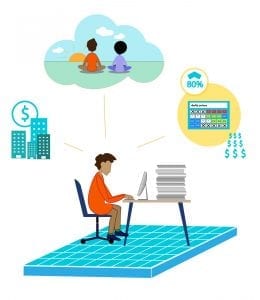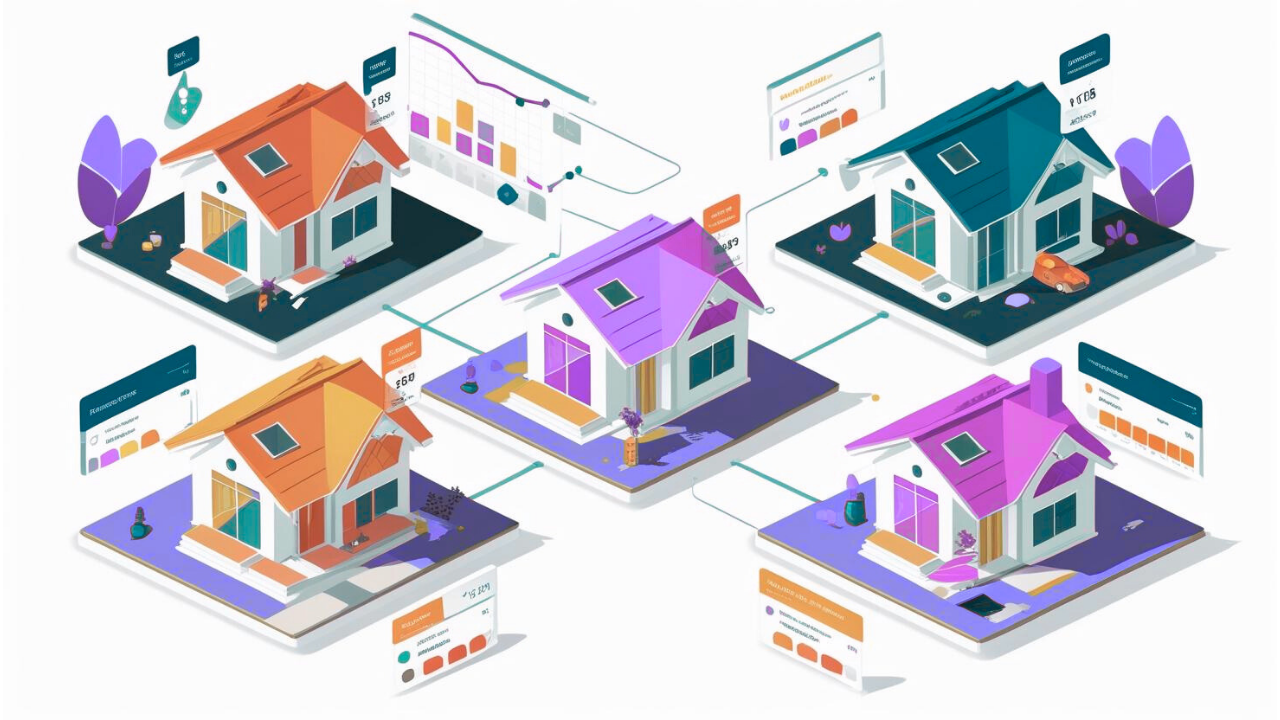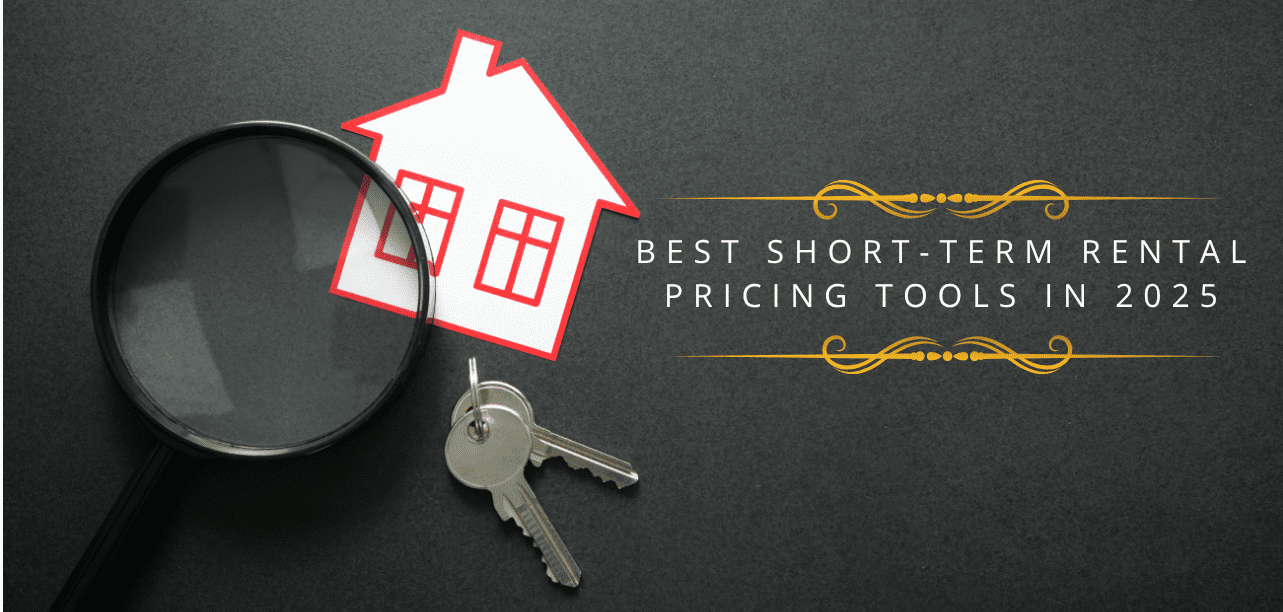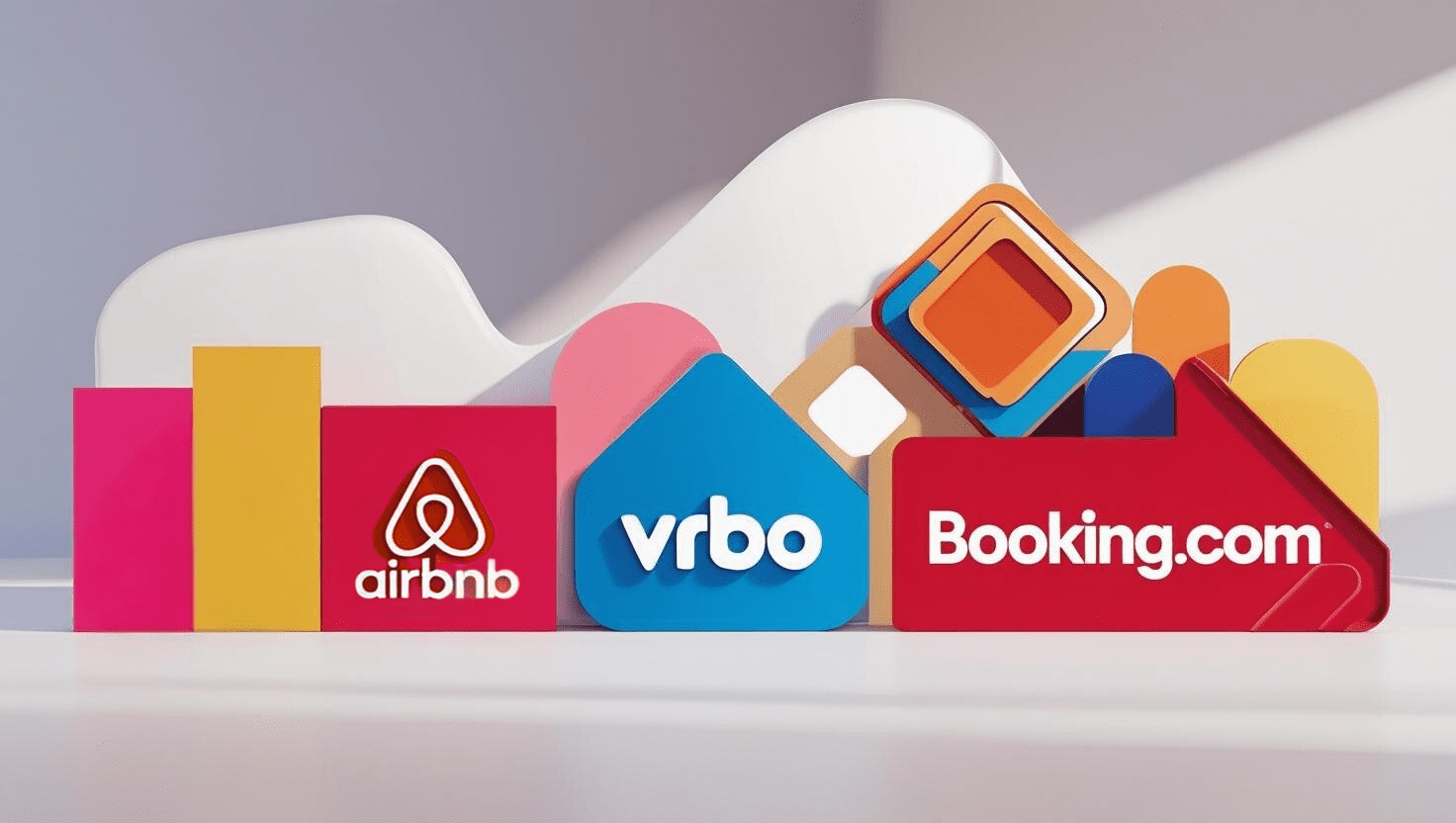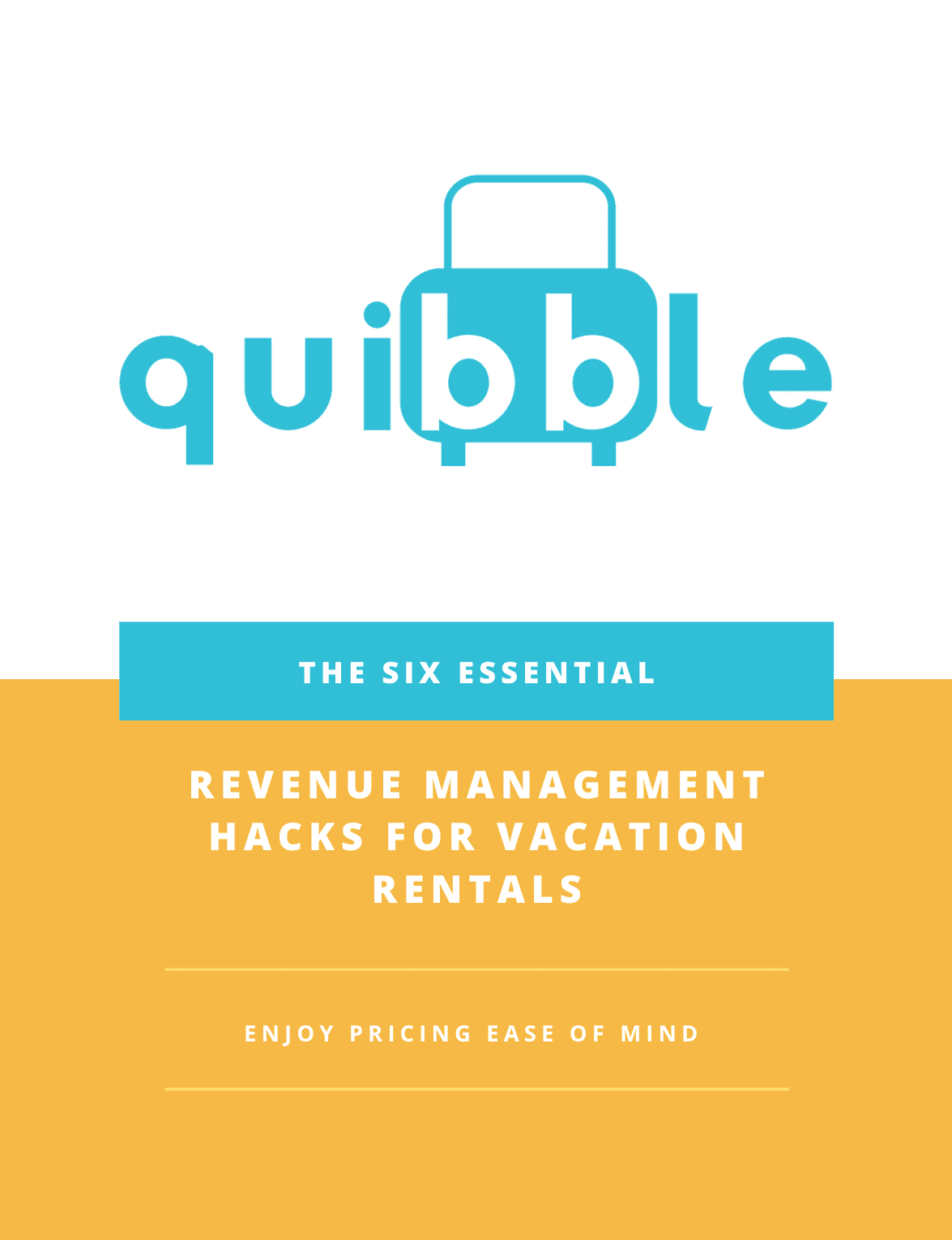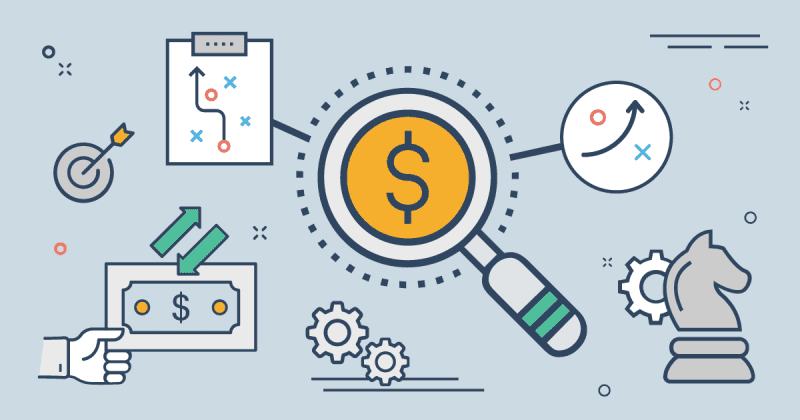
Setting a Price
There are numerous ways that firms can decide to set prices for their goods and services. If a seller has perfect information about the marketplace, the decision is quite simple. They can calculate all the possible prices and determine the revenue outcome from each of those decisions. Assuming the firm’s goal is to maximize profits, they map the cost of production to the possible revenue outcomes and find the point that creates the most significant margin. Problem solved.
The decision for the unfortunate firms operating without perfect information about the marketplace becomes a bit more complicated. These firms have to estimate the outcomes of the different pricing possibilities and hope those estimates closely match what the consumer does in the real world. Decisions on how to determine these outcomes can range from very rudimentary to incredibly complex. Either way, they go through the process of building some pricing models to set the price. Simpler models may live inside a small business owner’s head, while more complex models live in a computer application as thousands of lines of code. Wherever the model lives, it must connect to some data sources. The simple flowchart below describes the process of data feeding a model where the result is a price.
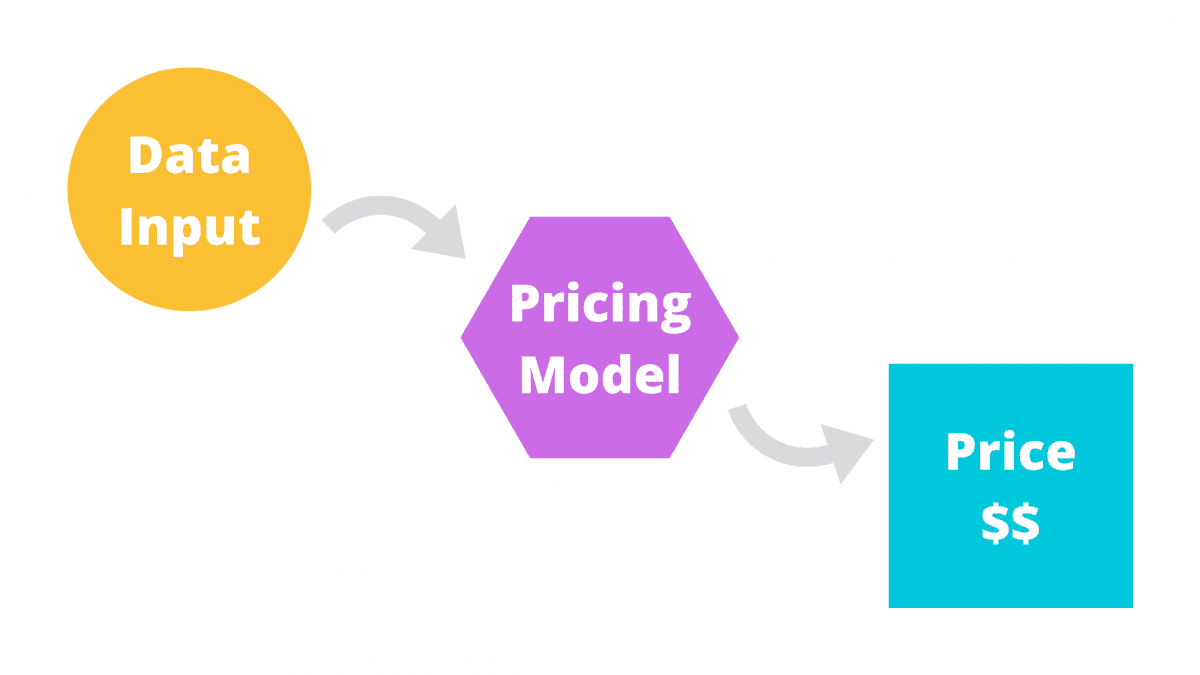
Updating the Price
After a firm has set its price, they can start collecting data on the success or failure of that price. They can also evaluate their pricing model and see if any factors were not considered initially. Many times, more data coming in leads to more questions and expanded data collection and more complexity added to the model. When the firm has new data inputs or modifications to the pricing model, it becomes crucial to rerun the pricing exercise. Rerunning the pricing exercise frequently results in an update to the price, and that price should better represent the market conditions as they have changed. In a nutshell, this is the general process of Pricing.
When does Pricing become Dynamic?
Dynamic Pricing is merely referring to how frequently this process of updating pricing can happen. The frequency of this update is often constrained by some technological or business constraints. Generally, when a company advertises the ability to Price a good or service Dynamically, they have overcome the technical or business limitations that previously prevented frequent price updates.
In some industries, if prices update once a month, that would be considered dynamic. For others, it is happening once a minute. Compare a price displayed on a supermarket shelf to a price displayed on a rideshare app. Many retailers like supermarkets still have paper tags on shelves that are just hard to change, and this would be a business constraint to Dynamic Pricing. The rideshare app has a constant stream of new data inputs from the user on the app, which can feed directly into the pricing model and is displayed digitally inside the app. New data allows them to update Pricing much more frequently. Many businesses are moving their pricing process to a software-driven application to take advantage of more Dynamic Pricing capabilities. Several supermarket retailers are experimenting with moving to digital displays throughout the store. This strategy allows them to automate the pricing updates to match the demand, just like the rideshare apps.
At our company, Quibble, we designed the infrastructure where the data inputs are streaming in real-time to the pricing model. We integrate with several data providers that contribute to the data we use to set prices. Once we receive new data from them or our internal systems, the pricing model recalculates the price for every short-term rental we manage. The cost of running the modes in real-time is meager compared to the benefit. Our team estimates the difference between real-time updates and an interval-based update would be 0.5%-1% total revenue increase, which for one property that could add up to substantial returns.
Who needs Dynamic Pricing?
Going through this process of setting and updating prices can be quite challenging, particularly for businesses that do not have people and software dedicated to this function. Large corporations employ teams of people and software applications to collect data, run the pricing models, and distribute the price to the relevant channels. The returns can be substantial, but are many times out of reach for small to mid-size businesses.
For owners and managers that want to take advantage of Dynamic Pricing, but do not have time to do it themselves or the budget to hire an experienced revenue manager, Quibble solves this problem.
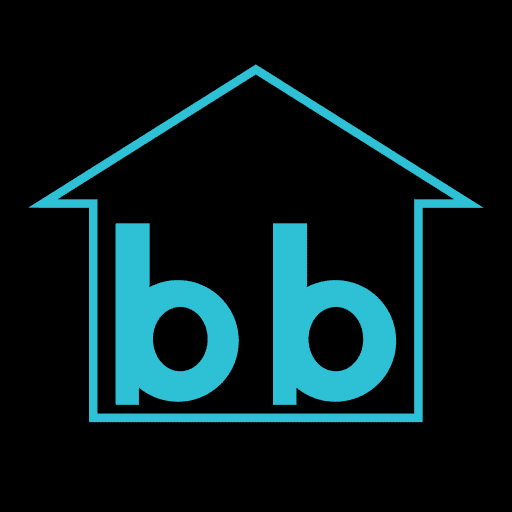
Pricing
Ease of Mind
Revenue Management Experts and Pricing Optimization for your Short-Term Vacation Rental are one click away!
Receive more information via email by fill-up the form below.
Join our newsletter
Dominate the short-term rental market with cutting-edge trends


